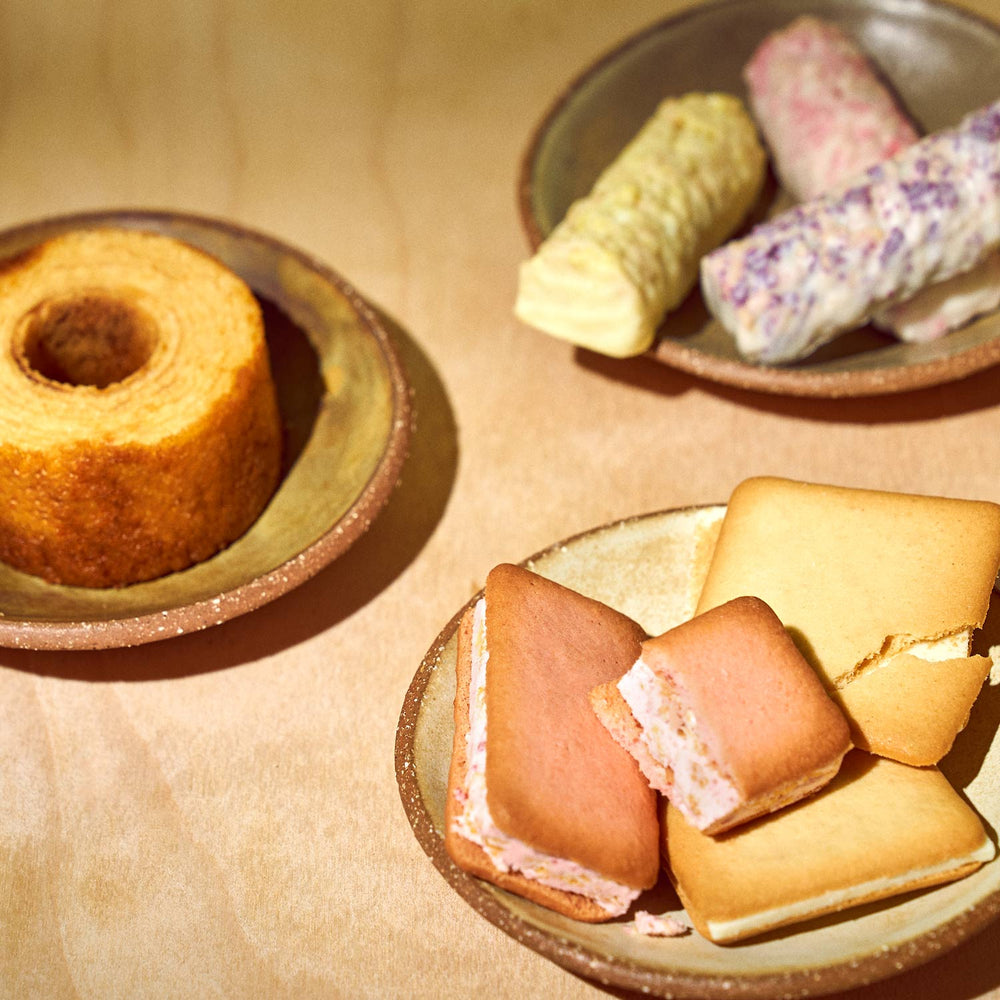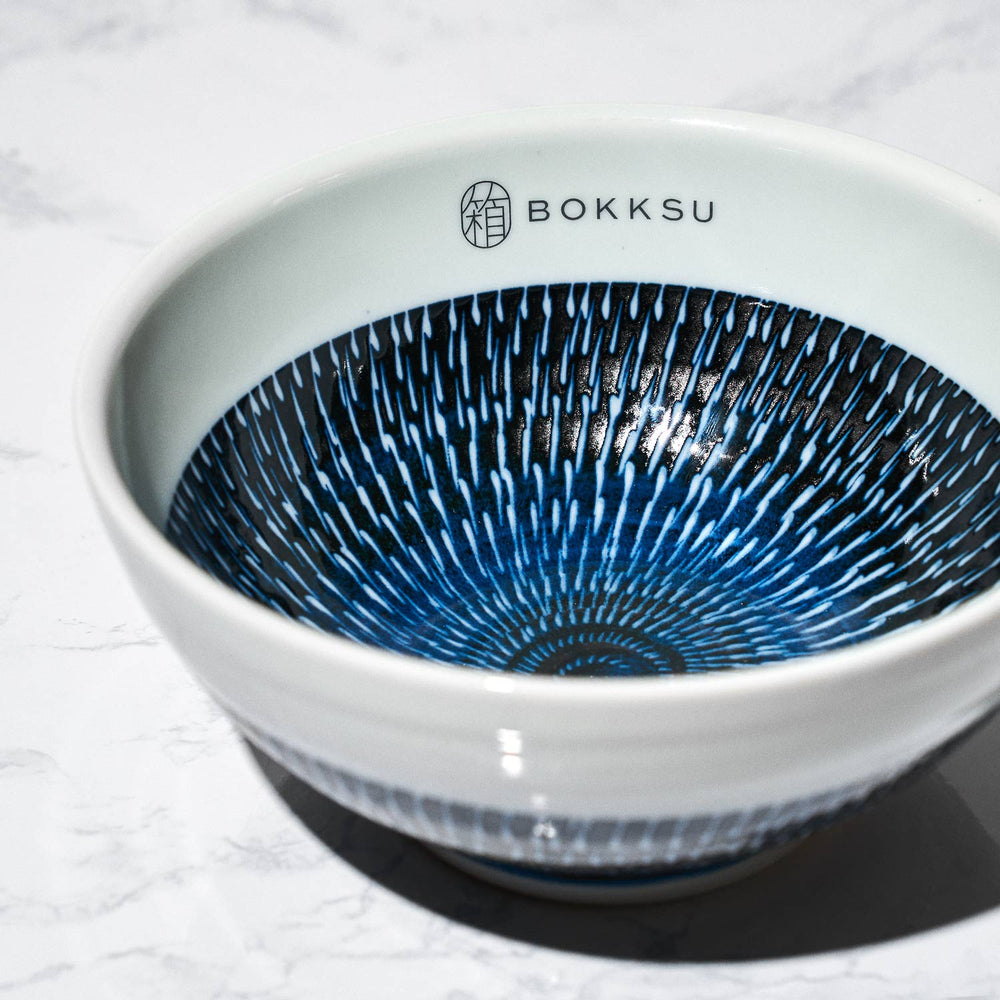From Sea to Plate: The Fascinating World of Japanese Sashimi
If you’ve ever spent time in a Japanese restaurant, you may have noticed plates of raw food on the tables. These dishes are called sashimi, and they are as delicious as they look. You’ll be surprised at how tasty raw food can be.
This post is the ideal sashimi guide for first-timers. You’ll learn what makes it special and how to prepare it. We’ll also reveal why sashimi is not the same as sushi.
What is Sashimi? A Definitive Guide to This Japanese Delicacy

Sashimi is a Japanese dish made of thin slices of raw seafood or meat. The most popular form of the dish consists of fresh, raw fish, which could be salmon, tuna, squid, octopus, mackerel, or yellowtail. Meat-based sashimi are less common, but they include raw beef, deer, and wild boar. The dish is often served alongside soy sauce, wasabi, and some garnishes.
Sashimi originated in the Heian period (794–1185), when people used fermented or pickled fish as a condiment and garnish. This was long before they found effective methods to preserve raw fish.
Sashimi would not become an actual dish until the Edo period (1603-1868). During that time, it became a luxury meal reserved for high-ranking government officials and affluent people of Japan.
Today, sashimi is more common. However, it’s not just a dish. It’s an art form in Japanese culture. Everything about sashimi, from the colorful meats to the seasoning, is nuanced and culturally significant. Although it's made with uncooked ingredients, it still requires meticulous preparation and presentation. The dish has become so popular that you can find it all around the world—not just in Japan.
This dish, made of thinly sliced raw fish or meat, stands out from other Japanese dishes like sushi because of its simplicity, purity, and use of minimal supporting ingredients.
The Meaning Behind the Word Sashimi

The actual use of the term “sashimi” as the name of the dish did not start until the Muromachi period (1336–1573). The most common translation for the term is “pierced body,” but it’s a combination of two Japanese words with multiple translations: sashi (meaning pierced or stuck) and mi (body or meat). Hence, “sashimi” could as well mean “stuck meat,” “stuck body,” or “pierced meat.”
There are multiple theories behind this etymology. One of them suggests that the term was inspired by the ancient practice of sticking a fish’s tail to its sliced meat in order to identify the source of the fish meat.
Another theory is related to the ikejime method of harvesting sashimi-grade fish. In this method, fishermen piece the brain of a new catch with a spike, killing it instantly, before transferring it to ice. This method minimizes the buildup of lactic acid in the flesh of the fish before it dies. As a result, it will stay fresh in the ice for about ten days.
The Art of Preparation: How Sashimi is Made

Let’s explore the meticulous process of preparing sashimi. We’ll focus on how the dish is made in restaurants and eateries but will definitely provide tips to help you adapt these methods for your homemade sashimi. Check out the steps below:
-
Selecting fresh fish: Since the sashimi will be eaten raw, freshness is paramount. You need to seek fresh, sushi-grade fish from a reliable seafood supplier or a specialty seafood market. The fish must not only be of high quality but must also have been properly stored with no signs of spoilage. When dealing with common options like mackerel, salmon, and tuna sashimi, you can tell if the fish is fresh from its bright colors and fresh smell.
-
Preparation: Remove the bones (and skin if needed). Next, rinse the whole fish in cold water and dry it with a paper towel
-
Slicing: For slicing, one would need a sharp and strong Japanese knife, a sturdy cutting board, and a bowl filled with ice water. Hold the fish with your weaker hand and slice with your stronger hand. Make thin slices by cutting against the grain. The most common cutting style is the hira-zukuri cut, which is 10 mm thick and ideal for tuna and salmon. For flounder and whiting, the usu-zukuri cut, which is 2 mm wide and 50 mm long, is the best option. Another famous style is the ito-zukuri cut, which involves making fine strips with diameters of 2 mm or less. Frequently dip the knife in the ice water bowl to prevent fish from getting stuck on it.
-
Serving: The ideal sashimi is arranged in an eye-catching pattern. You may top it with garnishes like wasabi or pickled ginger. Serve the dish with a side of soy sauce.
Sashimi vs. Sushi: Understanding the Key Differences

In Western regions, many people refer to sashimi as sushi. We can’t blame them too much, as the two famous Japanese dishes are made with raw fish. Let’s help you understand their distinctions by revealing key differences in ingredients, preparation, and presentation.
The main difference between the two is that sushi refers to a dish of raw fish and vinegared rice, while sashimi is simply a raw fish, meat, or vegetable dish with no rice. In fact, sashimi is strictly raw food, but sushi may include cooked seafood or other ingredients. When you try the dishes in a Japanese restaurant, you will notice that sashimi is intended to be eaten with chopsticks, while sushi is finger food.
Common Types of Sashimi and Their Unique Flavors

The flavor profile of sashimi is heavily dependent on the type of fish used to make the dish. To help you craft or buy the perfect meal, below is a brief overview of some popular sashimi varieties:
-
Tuna: Most sashimi restaurants serve the meat from tuna fish. Its loins are famous for their firm and meaty texture. If you want a richer and more buttery flavor, you should try the flesh from the tuna’s belly portion.
-
Salmon: This soft and fatty fish is one of the most popular sashimi varieties in the world. Wild salmon contains a lot of parasites, so many people prefer to buy farmed salmon for their sashimi.
-
Mackerel: This is a common sashimi option when it’s in season (fall to winter). It has oily flesh that necessitates the use of vinegar for better preservation. Don’t be shocked to taste some of the vinegar when you eat it.
-
Yellowtail: There are two main types of yellowtail sashimi. The first is kanpachi, a light and lean seafood with a translucent color. The second is buri, which has a pinkish-white color, buttery flavor, and higher fat content.
-
Octopus: Typically, this variety is made with the tentacles of octopus. The dish may be served raw or poached. Poached octopus slices have a sweeter flavor.
-
Squid: The mantle of the squid is the ideal portion for sashimi. It has a mild taste and a robust texture.
-
Salmon roe: The eggs of a salmon may be cured in salt or soy sauce to make salmon roe. Their rich and savory flavor make them valid candidates for sashimi recipes.
The Role of Wasabi, Soy Sauce, and Garnishes in Enhancing Sashimi

Traditional sashimi may be accompanied by soy sauce and topped with garnishes. The soy sauce brings out the umami flavor of the dish while masking the fishy odor of the raw seafood. It’s a simple flavor enhancer that allows the freshness of the raw ingredients to shine.
The garnishes help to decorate the dish and complement the natural flavors of sashimi. Common garnishes used in sashimi are wasabi, pickled ginger, daikon radish, and pepper sprouts.
Wasabi is arguably the most popular sashimi garnish in Japanese restaurants because it brings spicy flavors and acts as an antiseptic for the raw fish, helping to lower the risk of food poisoning.
Sashimi Beyond Fish: Exploring Unconventional Ingredients

Meats, shellfish, mollusks, millet, roe, and even vegetables are some of the lesser-known sashimi options. Examples are sea bream, scallops, shrimp, sea urchin, clam, chicken, goat, wild boar, horse meat, offal, avocado, bamboo shoots, seaweed, and tofu skin.
Health Benefits of Sashimi: A Nutrient-Rich Delight

The fish used in sashimi are packed full of omega-3 fatty acids, which can prevent cardiovascular disease and heartbeat irregularities. They have also been known to improve brain health.
Since sashimi has a low calorie content and high protein content, it's a fantastic meal to add to your weight loss diet. Essential minerals like zinc, calcium, phosphorus, iron, and magnesium help to produce energy and boost immunity.
Where to Enjoy Authentic Sashimi: Tips for Dining in Japan and Beyond

The best places to enjoy authentic fresh sashimi in Japan and the rest of the world are sushi restaurants. Some high-end sushi bars also offer traditional sashimi. Feel free to check local markets that sell fresh fish. You may stumble on nearby eateries that offer sashimi.
Savoring Sashimi: A Timeless Japanese Culinary Tradition

The enduring appeal of sashimi is tied to its freshness and flavor, making it one of the most unique dishes in Japanese cuisine. It represents Japan’s love for culinary art and healthy dishes and is a must-try for food enthusiasts around the world.
If you’re a fan of Japanese culture, traditional foods like sashimi are great ways to explore your interests. That’s why you need to get a Bokksu Snack Box Subscription. With it, you’re entitled to a box of sweets and snacks from Japan every month. Each mystery box comes with lots of goodies and a wide range of modern and traditional flavors.
Author Bio
































